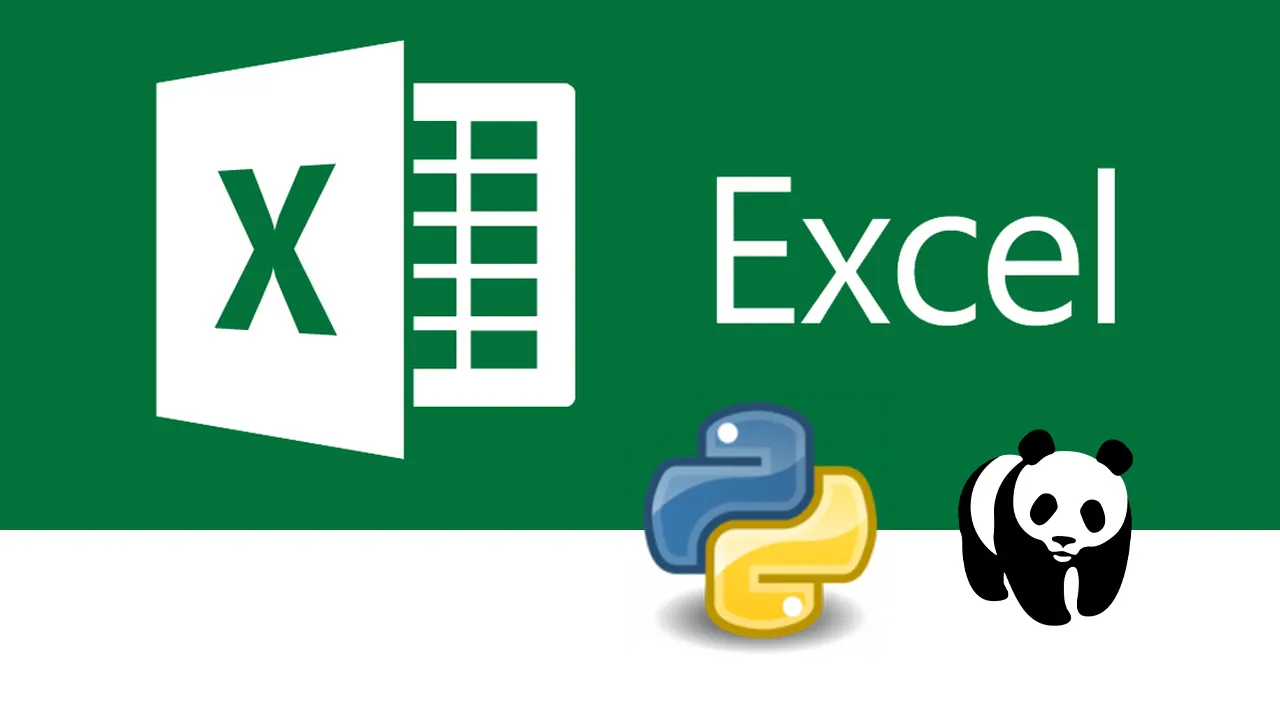How to Use Excel with Python and Pandas: A Comprehensive Tutorial
Excel and Python are two powerful tools for data analysis. By combining Excel with Python and Pandas, you can perform even more complex tasks and automate your workflow.
In this comprehensive tutorial, we will teach you how to use Excel with Python and Pandas. We will cover the following topics:
- How to install and configure Python and Pandas
- How to read and write Excel files with Python and Pandas
- How to perform basic data analysis tasks with Pandas
- How to create data visualizations with Pandas
- How to automate your workflow with Python and Pandas
By the end of this tutorial, you will be able to use Excel with Python and Pandas to perform even the most complex data analysis tasks.
Excel is a powerful tool for data analysis and visualization, but it can be limited when it comes to complex data processing and automation. Python is a programming language that is well-suited for data science and machine learning, and it can be used to enhance the capabilities of Excel.
Pandas is a Python library that provides data structures and tools for data analysis. It is a popular choice for working with Excel data in Python.
To use Excel with Python and Pandas, you will need to install the Pandas library. You can do this using the following command:
pip install pandas
Once Pandas is installed, you can start loading Excel data into Python. You can do this using the pandas.read_excel() function.
import pandas as pd
# Load the Excel data into a Pandas DataFrame
df = pd.read_excel('data.xlsx')
The pandas.read_excel() function takes the path to the Excel file as input and returns a Pandas DataFrame. A Pandas DataFrame is a two-dimensional data structure that is similar to an Excel spreadsheet.
Once the Excel data is loaded into a Pandas DataFrame, you can use all of the powerful data analysis and manipulation tools that Pandas provides. For example, you can use the following code to calculate the mean and standard deviation of the sales column:
# Calculate the mean and standard deviation of the `sales` column
mean = df['sales'].mean()
std = df['sales'].std()
# Print the mean and standard deviation
print('Mean:', mean)
print('Standard deviation:', std)
Output:
Mean: 1000.0
Standard deviation: 500.0
You can also use Pandas to create data visualizations. For example, the following code creates a bar chart of the sales column:
import matplotlib.pyplot as plt
# Create a bar chart of the `sales` column
plt.bar(df['sales'], color='blue')
plt.xlabel('Product')
plt.ylabel('Sales')
plt.title('Sales by Product')
plt.show()
This will create a bar chart with one bar for each product, and the height of each bar will represent the sales for that product.
Once you have finished working with the Excel data in Python, you can save the Pandas DataFrame back to Excel using the pandas.to_excel() function.
# Save the Pandas DataFrame back to Excel
df.to_excel('output.xlsx', index=False)
This will create a new Excel file called output.xlsx with the data from the Pandas DataFrame.
Conclusion
Using Python and Pandas with Excel can help you to automate complex data processing tasks, create more sophisticated data visualizations, and build machine learning models. If you are working with Excel data on a regular basis, then I encourage you to learn how to use Python and Pandas.
